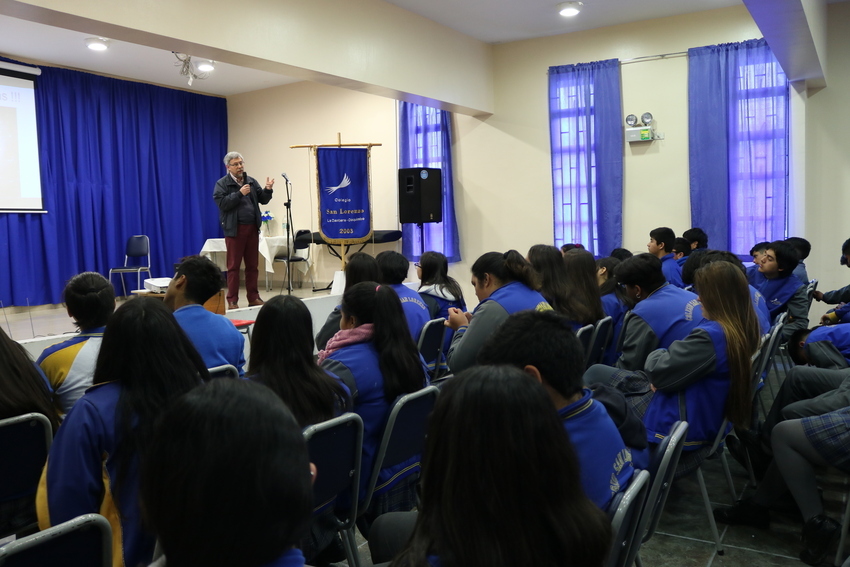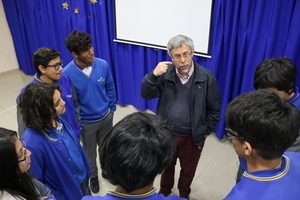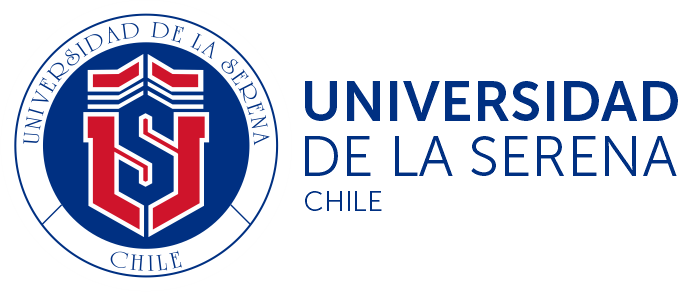- News
Astronomer from the University of La Serena explains the mysteries of the stars to students from Coquimbo

The activity organized by the ULS Science Dissemination and Dissemination Team seeks to bring closer the astronomy research carried out at the University.
The Coquimbo Region has one of the cleanest skies in the world, a privileged place to marvel at the stars. This was evidenced by the students of the San Lorenzo de Coquimbo School, who enjoyed and were surprised by the talk “How stars are born, live and die” by Professor Erich Wenderoth, astronomer and academic at the University of La Serena.
 The activity organized by the ULS Science Dissemination and Dissemination Team seeks to bring closer the research in astronomy, which is carried out at the University, in order to strengthen its visibility and awaken the curiosity of the students.
The activity organized by the ULS Science Dissemination and Dissemination Team seeks to bring closer the research in astronomy, which is carried out at the University, in order to strengthen its visibility and awaken the curiosity of the students.
“The Astronomy Department of the University of La Serena does a lot of dissemination at the school level, precisely to stimulate and enchant young people with astronomy, but in particular with scientific work in general, so that new researchers emerge,” said Wenderoth.
In that sense, the astronomer stated that observing the environment motivates "to ask questions, in this way we must challenge students to find the laws of nature, this is how we will have the future scientists of Chile, but we must make them think."
Cristian Leiva, a student at Colegio San Lorenzo, valued the initiative and highlighted that this instance allows him to deepen concepts learned in the classroom. “It is a very good opportunity that is not given to all schools. I am very struck by the fact that they talk to us about astronomy, apart from the prior knowledge that we have. We are nurturing ourselves deeper into it and that is great,” he said.
In the same way, her classmate, Fernanda Díaz, emphasized that the activity allowed her to have a first contact with higher education and clear up questions about astronomy. “He is a specialized researcher, who tells us about a topic that interests the vast majority of us and I liked knowing how stars were created, how they die, and what our universe is like. The talk cleared our doubts and motivated us to want to learn more,” she said.
For her part, the school's mathematics and physics teacher, Carolina Vera, gave a positive assessment of the day, highlighting the response of the students, which translated into astonishment and participation in the talk. “Super interesting for the students, since they are at a stage of discovering the universe and astronomy, especially in this region where the topic is powerful. That the state university of the region comes to give a talk like this to their school, for them it is different because of the motivation and expectations which were met,” she expressed.
Written by Sergio Muñoz, ULS Science Dissemination and Dissemination Team
